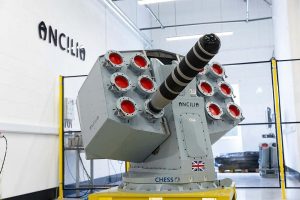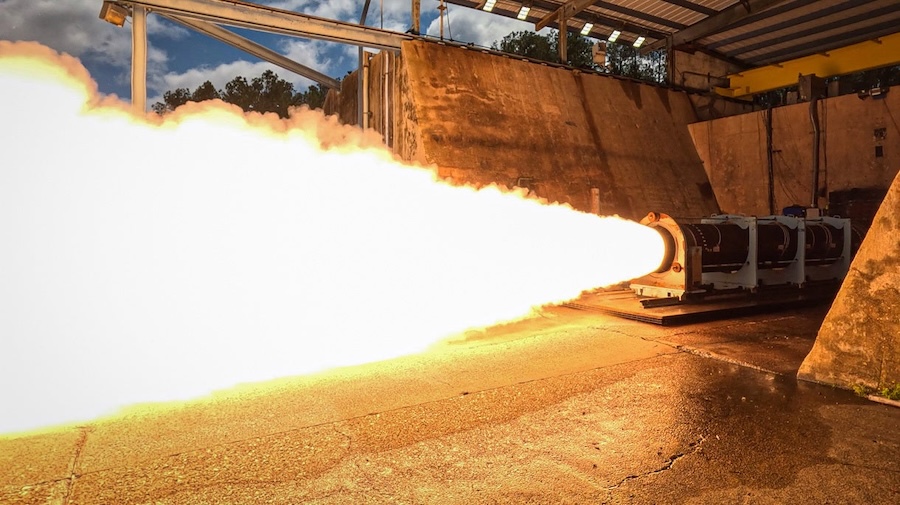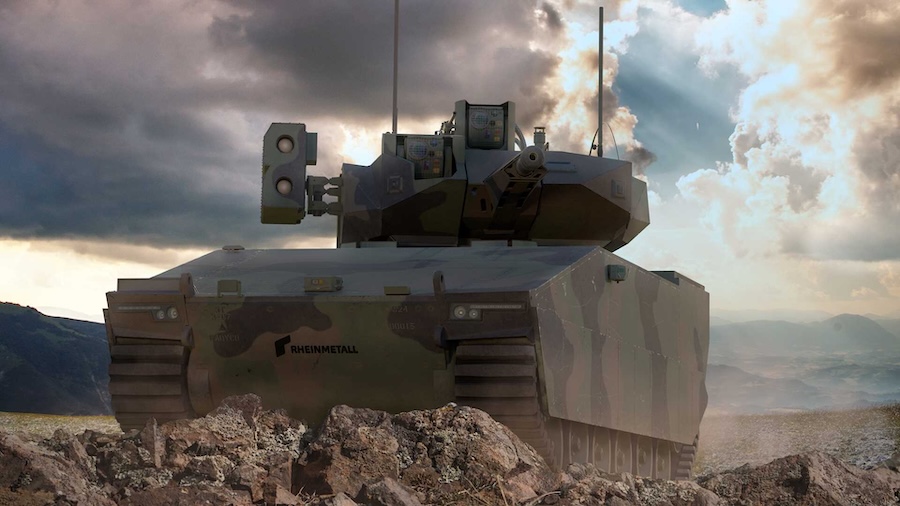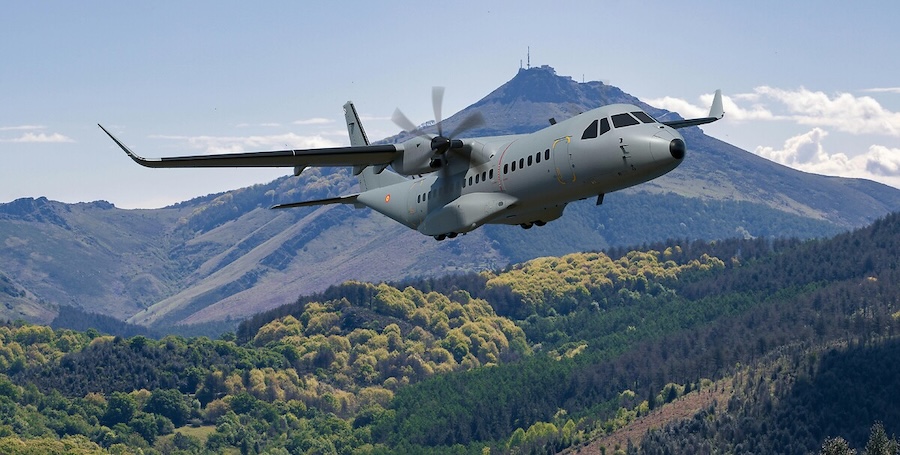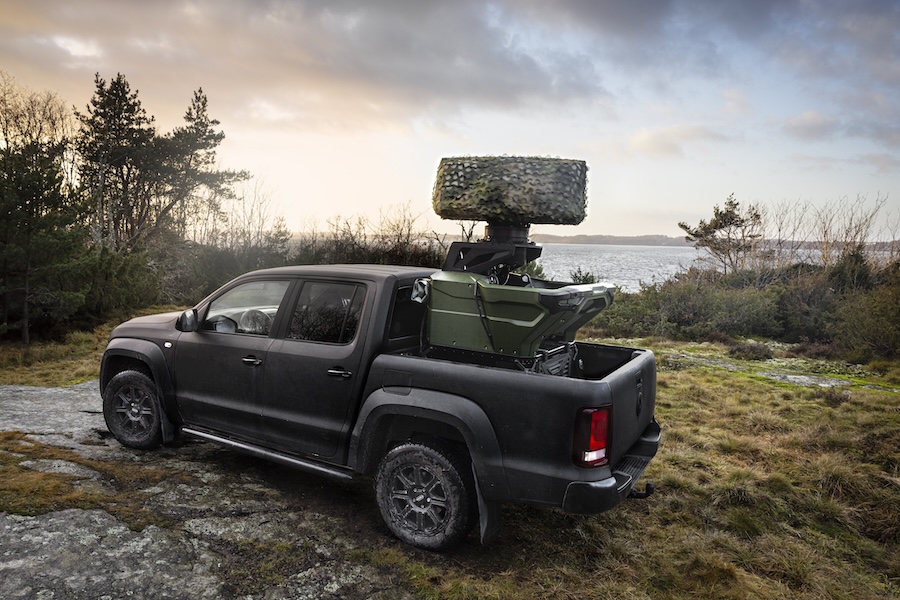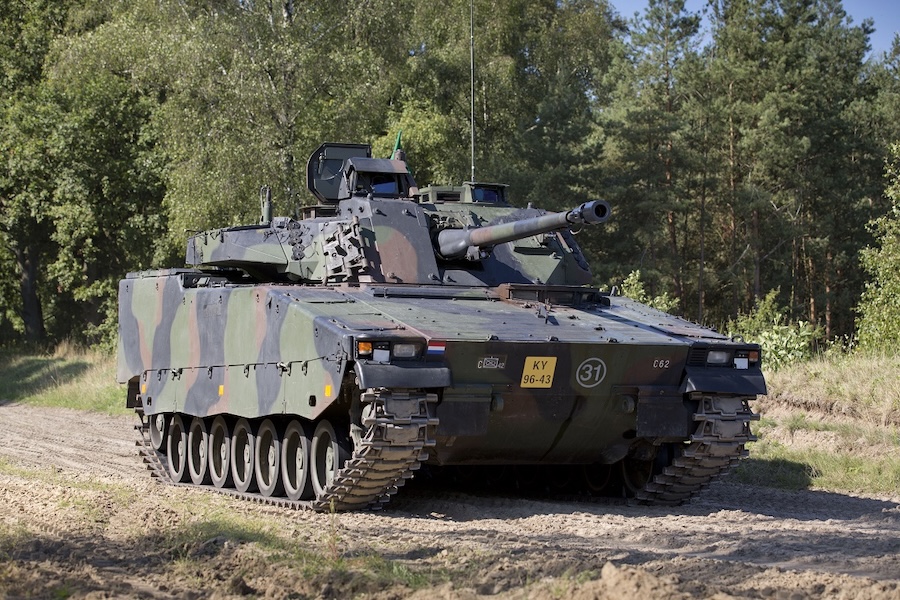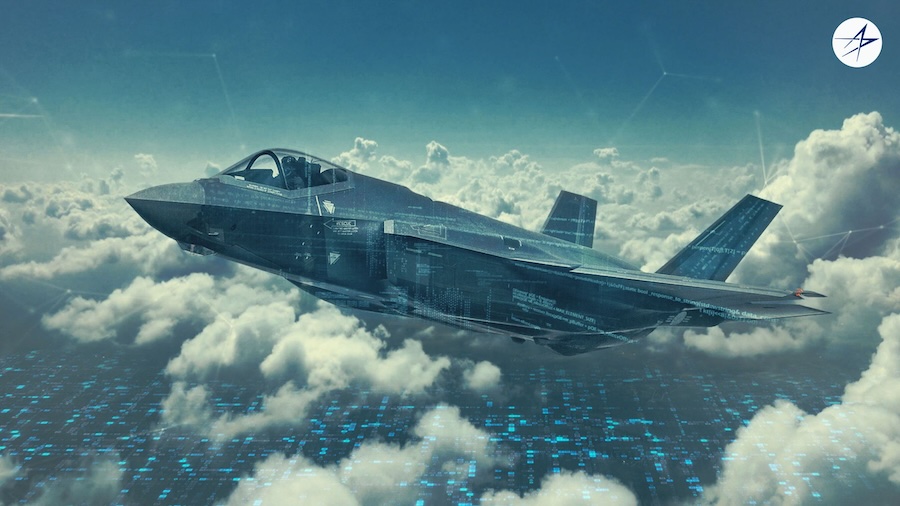“It was a real privilege and the highlight of my embarkation so far to land the first U.K. F-35B on JS Kaga,” said Lt. Cmdr. Dan Latham of 809 NAS. “Although the hard work to enable this evolution had taken months to prepare, on the day itself, all force elements integrated seamlessly. It truly demonstrated the ease with which the U.K. and Japan can operate together in the Indo-Pacific region now and in the future.”
The nine-day exercise, which began on 4 August, involved 11 ships and 23 aircraft from the United States, United Kingdom, Japan, Australia, Spain and Norway. Training included large-scale fifth-generation manoeuvres, tactical intercepts, a U.K. fighter maritime strike and basic fighting manoeuvres.
On Sunday, a U.K. F-35B made an emergency landing at Kagoshima International Airport in Japan due to an in-flight engineering issue, marking the second diversionary landing of the deployment. The fighter remained at the airport for inspection as of Tuesday.
“Bringing together the large deck forces from the U.K., Japan and U.S., as well as escort vessels from Spain, Norway and Australia, in such close range showcases the strength and inter-changeability of our combined task groups,” said Commodore James Blackmore, commander of the U.K. Carrier Strike Group.
The exercise also saw HMS Prince of Wales complete its first double replenishment at sea, refuelling from RFA Tidespring while simultaneously taking on munitions and supplies from USNS Wally Schirra. Following the drills, Prince of Wales, HMS Dauntless and HNoMS Roald Amundsen arrived in Yokosuka, Japan, while other allied vessels moved on to port visits in Korea and the Philippines.





